Profit or Loss From Business
Taxpayers use Schedule C to report profit or loss from a business owned and operated as a sole proprietor or as a single-member LLC (i.e. treated as a disregarded entity). Income and expenses are combined on this form to determine the net profit or loss for the activity.
Schedule C Income and Expenses
Gross income on includes gross receipts from whatever source derived, most commonly the revenue generated from the sales of products and services.
Expenses must be both ordinary and necessary to be deductible as a business expense. This will include advertising, contract labor, wages, employee benefits, insurance, interest, and office expenses, to name just a few.
Fixed Assets
Fixed assets are also tracked for Schedule C and will generate depreciation expense. This is the mechanism for cost recovery of investments in assets with a useful life greater than 1 year.
Business use of home and auto
Business use of your home allows an expense deduction for allocating a portion of your home as an office. The simplified method allows a deduction of $5 multiplied by up to 300 square feet. Otherwise, you may use Form 8829 to determine actual expenses, many of which will be household expenses (e.g. utilities, insurance, repairs). Actual expenses are prorated according to square footage dedicated to the home office space.
Car and truck expenses are figured using the standard mileage rate (65.5 cents per mile in 2023, 67 cents in 2024) or actual expenses of operating the vehicle. You must keep a log of miles driven, and the deductions will be limited to the business use portion of the vehicle.
These expenses are calculated on their respective forms, and then reported on your Form 1040, Schedule C.
Other
Other situations which are also reported on Schedule C include Qualified Joint Ventures and Statutory Employees. Ask your CPA or tax accountant to evaluate if you should be using Schedule C to report your business income.
